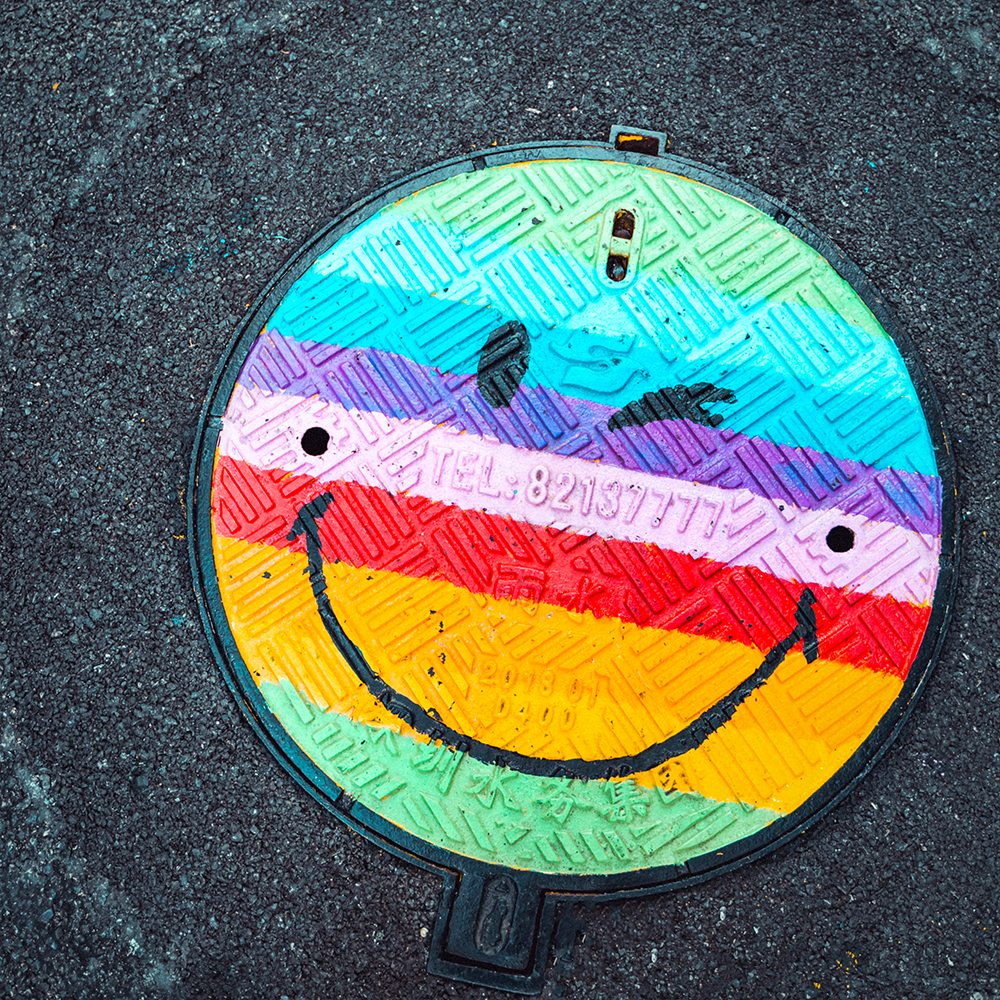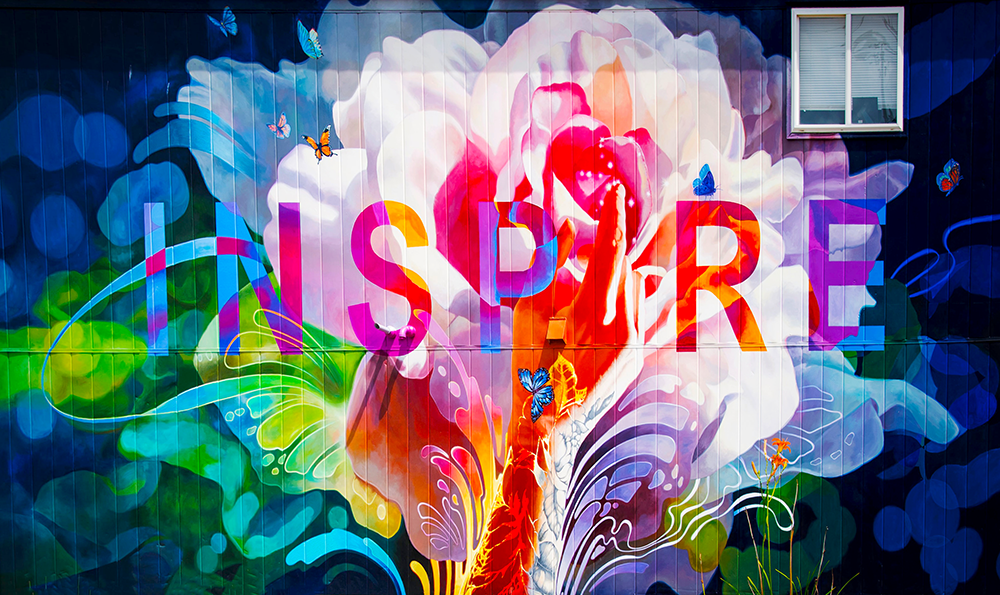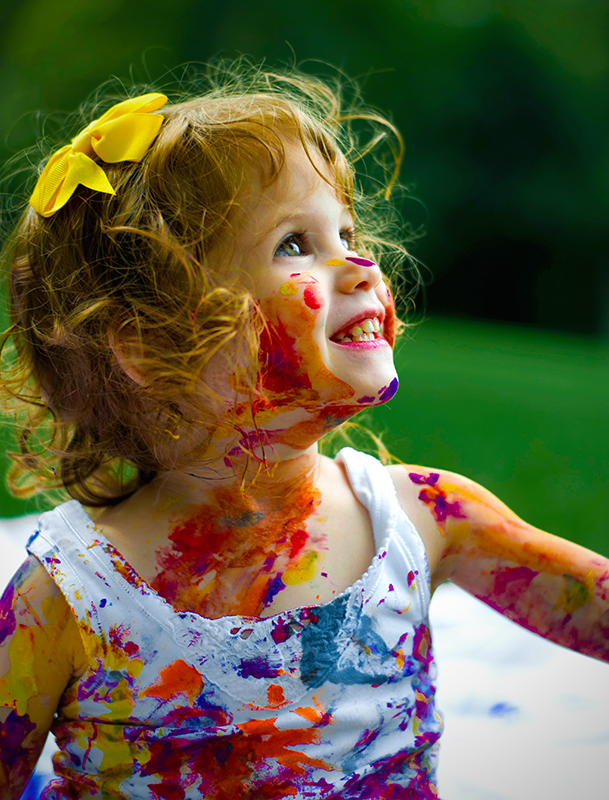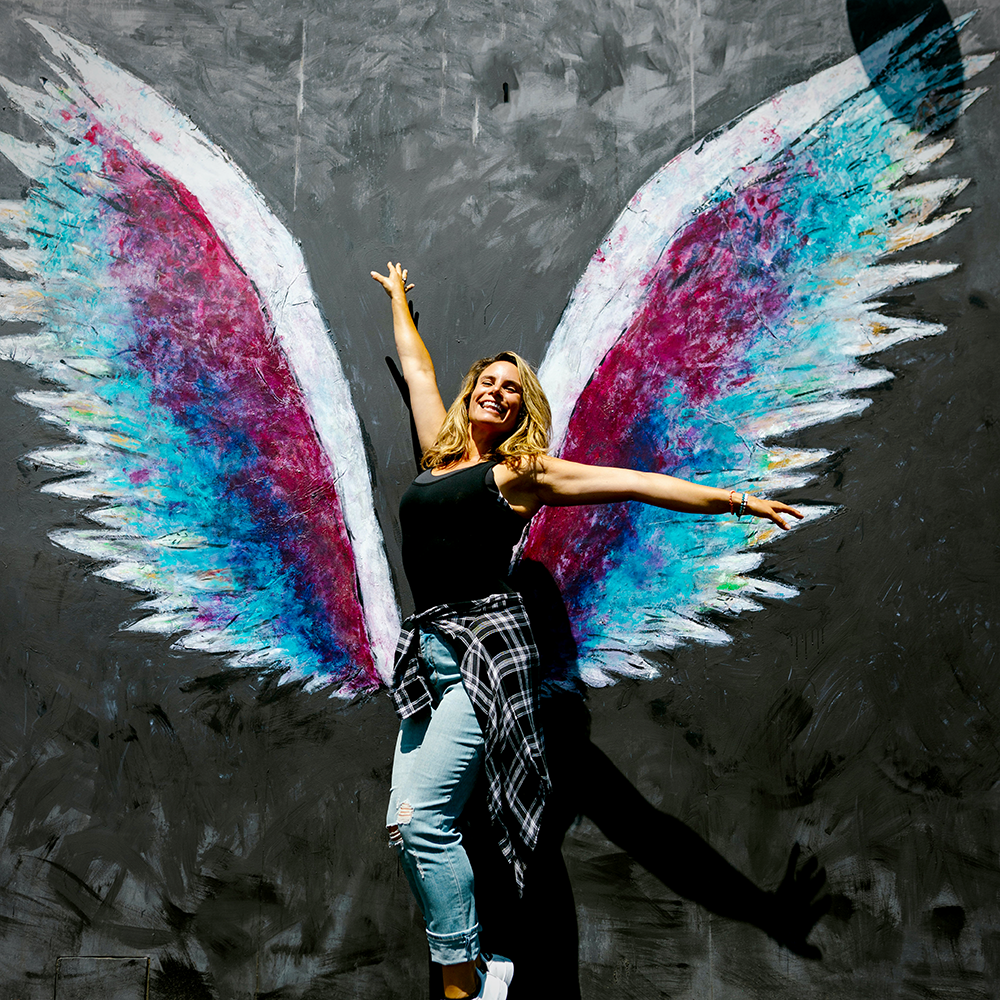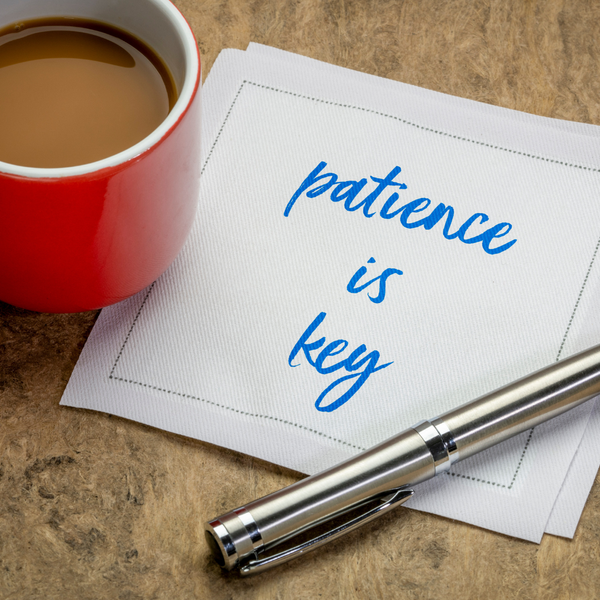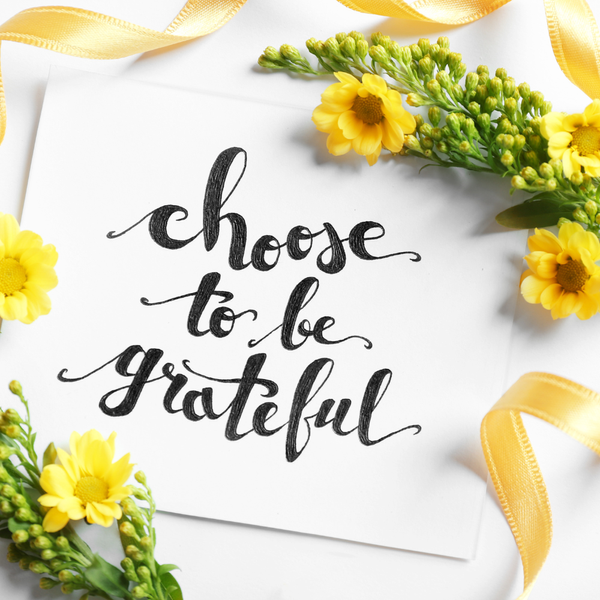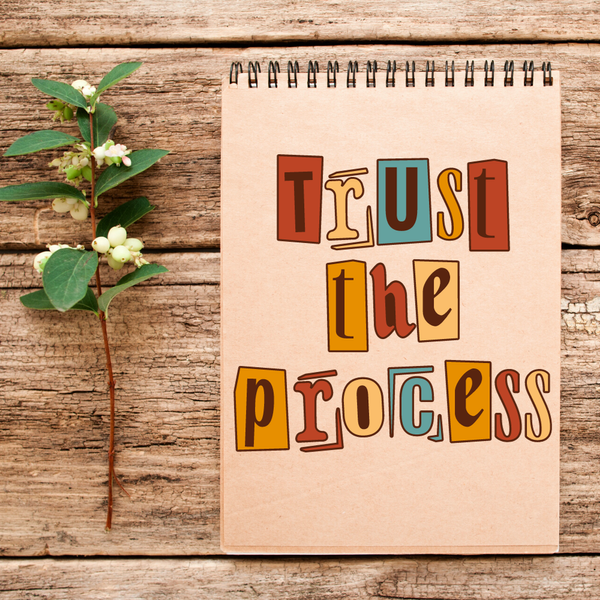We all have talents and strengths, but sometimes it can be difficult to figure out what those are.
If you're an artist, chances are you're very familiar with the feeling of frustration that comes with not being able to create something that you're happy with.
However, the key to becoming a successful artist is not only discovering your talents and strengths but also embracing them.
You may think you know all of your strengths, but you could have hidden talents that become unearthed.
In this blog post, we'll explore some ways to embrace self-discovery and your true talents.
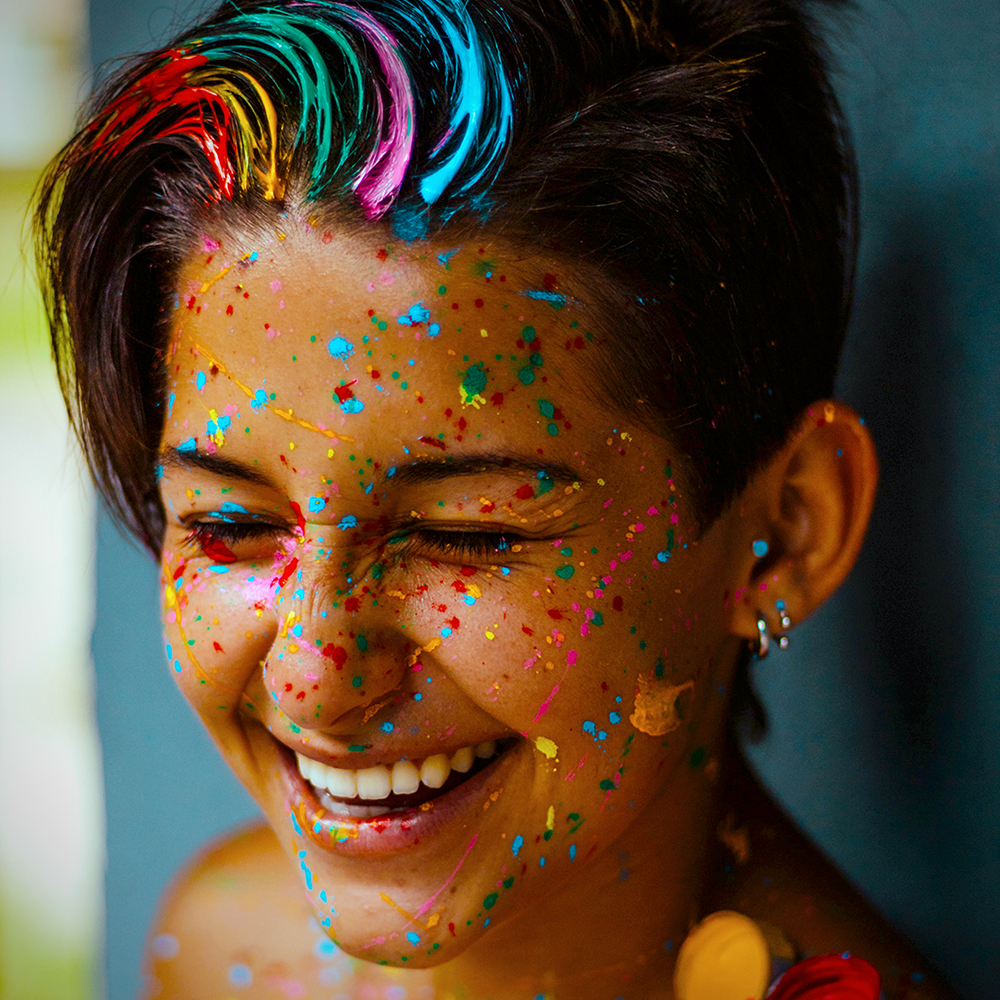

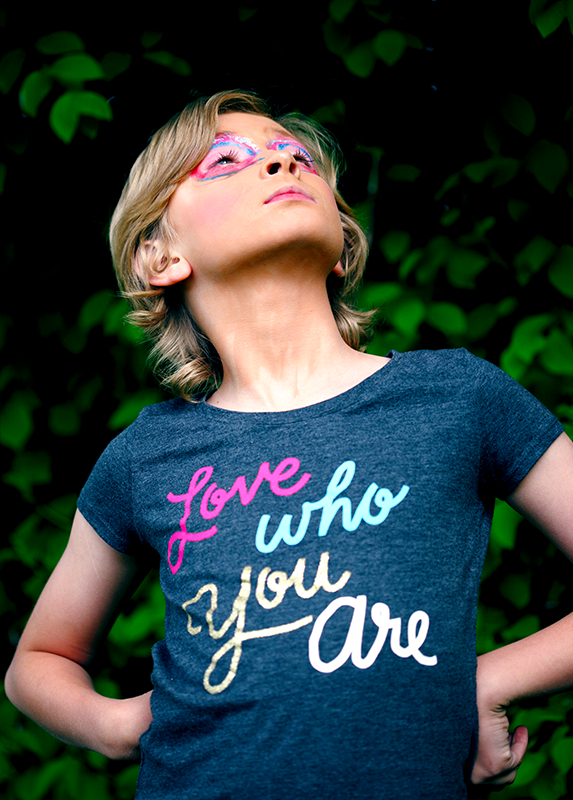
Embrace Who You Are
The first step to taking advantage of your talents and strengths is to embrace who you are.
This means accepting yourself for who you are and not trying to force yourself into being someone else.
It's okay to be different from everyone else and to have your own unique perspective.
In fact, it's what makes you special and allows you to create art that is truly your own.
Red: A Crayon's Story by Michael Hall is a great book that illustrates this concept perfectly.
The main character, Red, is a crayon who is frustrated because he doesn't feel like he fits in with the other crayons.
He doesn't understand why he can't color like they do and wishes he could be like them.
This "red" crayon doesn't understand why he can't be "right" and tries his hardest not to make mistakes.
In the end, Red learns that it's okay to be different; this story illustrates the struggles and challenges we all face when we're mislabeled.
No matter how hard we try, we'll never truly be someone else, so why not embrace and accept yourself as you are?
There's no need to be afraid of being yourself and embracing your own unique talents and strengths.
Don't spend your entire life unaware of your real talent; daily life may convince you that you only have your existing skills, but you can be capable of so much more.
Be Willing to Experiment
Another way to discover your talents and strengths is by experimenting with different mediums and techniques.
Trying new things is always a good idea when it comes to art, as it can help to broaden your horizons and open up new possibilities.
If you've always worked in pencil or charcoal, why not try painting for a change?
Or if you typically stick to two-dimensional mediums, why not try sculpting or working with clay?
By pushing yourself outside of your comfort zone, you may just surprise yourself with what you're capable of.
Plus, trying new ways and techniques allows you to tap into hidden potential.
You never know what you may find that you're good at or what new techniques you may fall in love with.
The only way to find out is by experimenting.
By trying a new medium or using a familiar one in a new way, you may discover a hidden talent.
So, don't be afraid to pick up that new medium or try that new technique because you may just find your new favorite way to create.
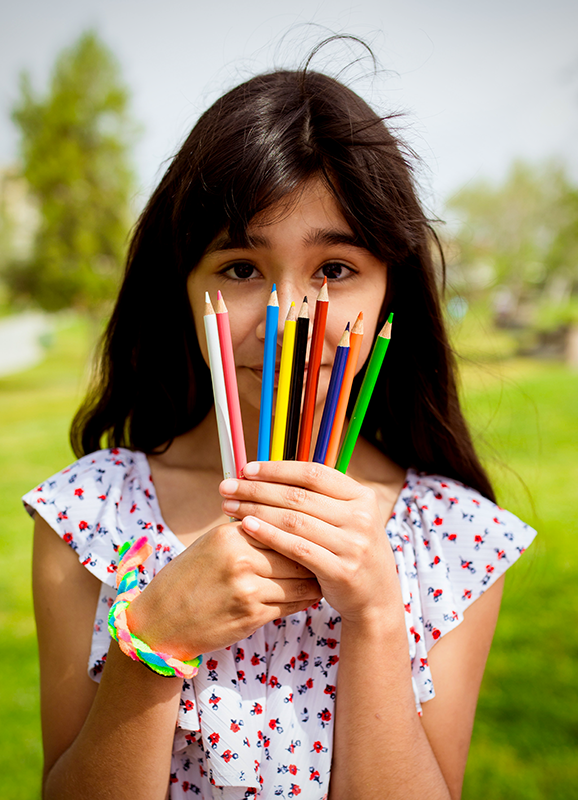

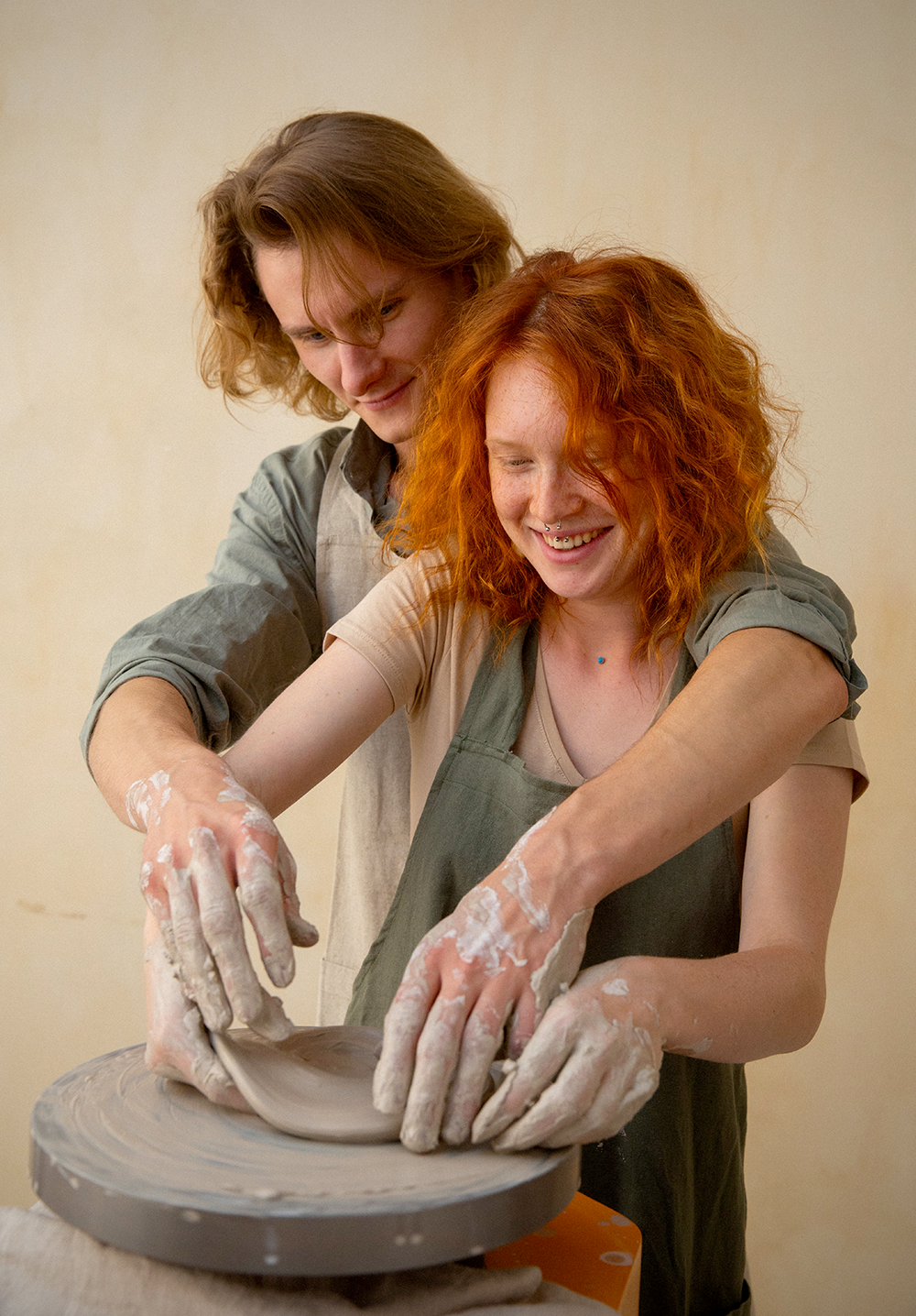
Keep a Sketchbook or Journal
One way to start discovering your talents and strengths is by keeping a sketchbook or journal.
This doesn't have to be anything fancy; a simple notebook will do.
The important thing is to commit to filling it with sketches, doodles, and ideas on a regular basis.
Not only will this help you to develop your skills, but it will also give you a record of your progress over time.
As you flip through the pages of your sketchbook, you'll start to see patterns emerge.
Perhaps you'll notice that you're particularly good at drawing animals, or that you have a knack for creating detailed landscapes.
Once you've identified your strengths, you can start to focus on developing them further.
You can also use this sketchbook or journal to reflect on your creative process and to brainstorm new ideas.
Jot down what you were feeling before and after you created a piece of art, as well as any ideas that came to you during the creative process.
This will give you valuable insights into your own creative process and help you to replicate it in the future.



Get Feedback from Others
Another great way to start discovering your talents and strengths is to get feedback from others.
Of course, it's important to be selective about who you take feedback from because some people or family members can be brutally honest.
It's best to seek out the opinion of people who are knowledgeable and experienced in the field of art.
These people will be able to give you honest feedback that can help you to improve your work.
It can also be helpful to get feedback from people who are not familiar with the art world.
Their fresh perspective can help you to see your work in a new light and may give you some valuable insights.
Finally, don't forget to listen to your own inner voice.
You are the only one who knows what you're trying to achieve with your art, so trust your instincts and go with your gut.
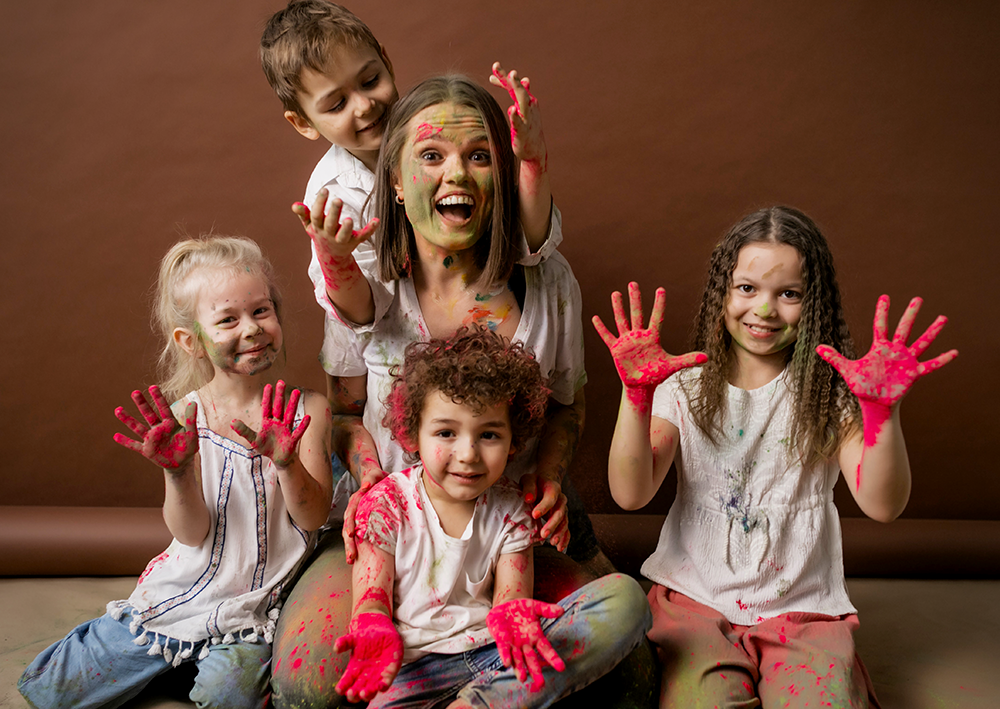


Find Inspiration
One of the best ways to find inspiration for your own art is by looking at the work of others.
Seeing what other artists are doing can help to stimulate new ideas and get the creative juices flowing.
Of course, it's important not to copy the work of others, but rather to use it as a jumping-off point for your own creativity.
For example, if you see a painting that you love, try to figure out what it is about the piece that speaks to you.
Is it the colors? The subject matter?
The way the artist has used light and shadow?
Once you've identified what it is that you like, try to incorporate those elements into your own work.
One great way to do this is by starting a inspiration board where you can collect images, colors, and textures that you are drawn to.
You can then use this board as a resource when you're feeling stuck or uninspired.
You can attend seminars, enroll in a new class, start a new hobby, and more to find your new talent.
It's also helpful to take inspiration from other aspects of life, such as nature, music, or your everyday surroundings.
The world is full of beauty and art, so keep your eyes open and you're sure to find inspiration everywhere you look.
When you're feeling lost or uninspired, you can play games and look to the world around you to help jump start your own creativity.



Embracing Your Unique Creativity
It can be frustrating trying to figure out what your talents and strengths are as an artist.
However, by keeping a sketchbook or journal, experimenting with different mediums and techniques, and remaining open-minded, you should be well on your way to finding out what makes you unique.
Getting feedback and finding inspiration from the world around you will also help you get started.
The most important thing is to trust your instincts and learn to embrace your own talents; you don't have to fit into someone else's box and adhere to their labels.
Once you've identified your strengths and talents, the sky's the limit, so go out there and create something amazing!



Need an extra push to give yourself permission to be creative and embrace your talents? Check out this TED talk with Ethan Hawke!
Eager to learn more and find creative inspiration?
Check out some of our other articles:
-Building creative confidence in your abilities
-Find inspirational music for creativity
